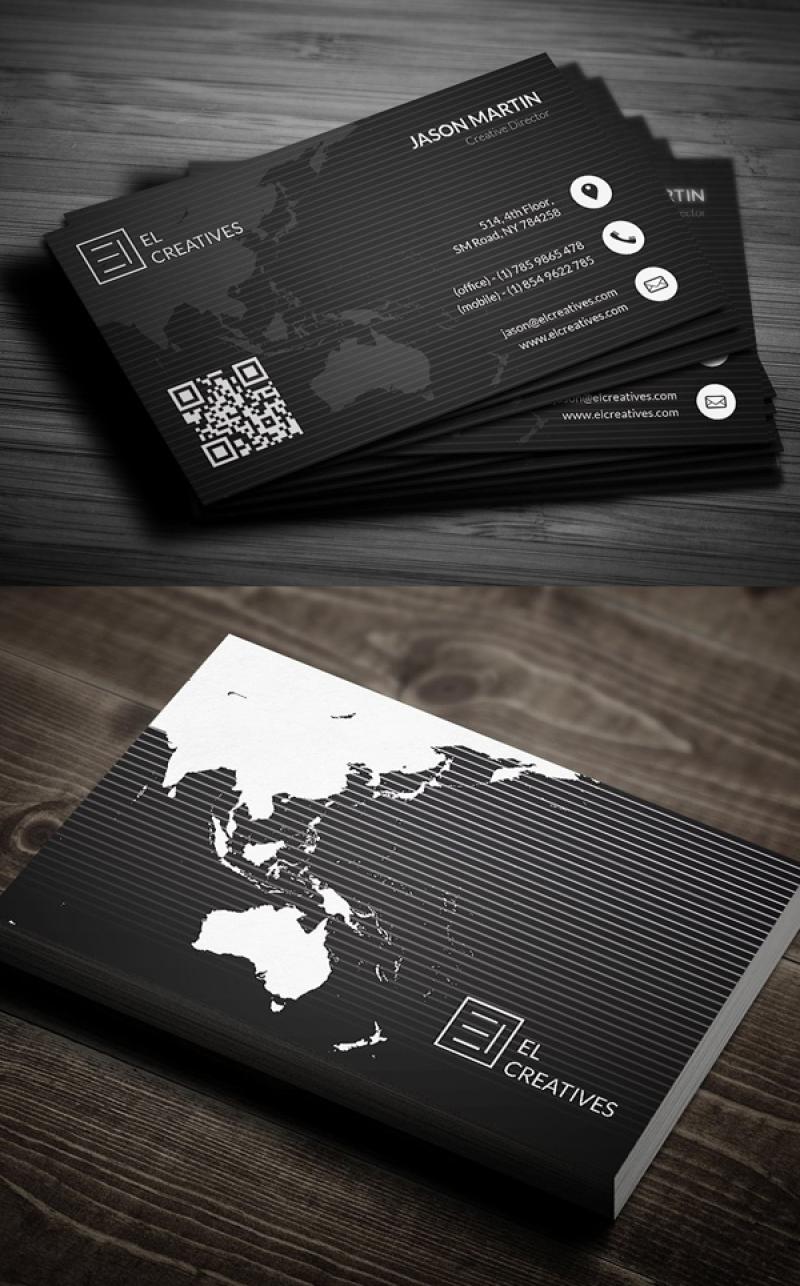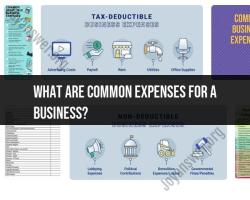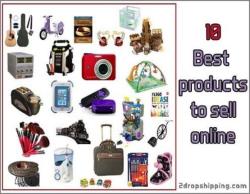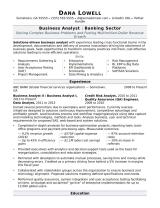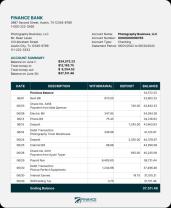What are the best business cards?
The best business cards combine effective design with functionality, leaving a positive and memorable impression on recipients. Here are key considerations when choosing or designing business cards:
Professional Design:
- Choose a clean and professional design that aligns with your brand identity. Use a legible font and avoid clutter. The design should reflect the nature of your business.
Card Material and Finish:
- Opt for high-quality cardstock or materials that convey professionalism. Consider finishes like matte, glossy, or textured surfaces. The choice of material can impact the perceived value of your business.
Appropriate Size:
- Standard business card dimensions are typically 3.5 x 2 inches. While a standard size is common, you can also explore unique shapes or sizes that align with your brand, as long as they are practical and fit into standard cardholders.
Branding Elements:
- Include your company logo, tagline, and brand colors for consistency. Ensure that the branding elements are clear and easily recognizable.
Contact Information:
- Include essential contact information such as your name, job title, company name, phone number, email address, and website. Ensure that the text is legible and well-organized.
Social Media Icons:
- If relevant, consider adding social media icons with your handles. This can encourage recipients to connect with you on different platforms.
White Space:
- Don't overcrowd the card. Allow for sufficient white space to maintain a clean and organized appearance. White space helps direct attention to crucial information.
Double-Sided Cards:
- Utilize both sides of the card for additional information, such as a brief list of services, a tagline, or a QR code leading to your website or portfolio.
Unique Features:
- Consider adding unique features like spot UV coating, embossing, or foil stamping for a distinctive touch. These features can enhance visual appeal.
Photography or Illustrations:
- Include high-quality images, illustrations, or graphics if they complement your brand. Ensure they are relevant and contribute positively to the overall design.
Readable Fonts:
- Choose fonts that are easy to read. Avoid overly decorative or elaborate fonts that may hinder readability.
Consistency Across Print and Digital:
- Ensure consistency between your printed business cards and your digital presence, such as your website and social media profiles. This reinforces brand cohesion.
Print Quality:
- Invest in high-quality printing to ensure sharp, vibrant colors and a professional finish.
Remember that the best business cards are those that effectively represent your brand, are easy to read, and leave a positive impression. Customizing your business cards to align with your unique brand identity is key. Additionally, regularly update your cards to reflect any changes in contact information or branding.
What are some characteristics of effective business cards?
Effective business cards are crucial for leaving a positive first impression and fostering professional connections. Here are some key characteristics of effective business cards:
Clarity and Conciseness:
- Information: Clearly and concisely present essential information like your name, title, company name, contact details (phone number, email address, website), and social media handles.
- Layout: Use a simple and uncluttered layout with ample white space to enhance readability. Avoid overcrowding the card with unnecessary text or graphics.
Professionalism:
- Design: Choose a professional design that aligns with your brand identity and industry. Avoid using overly flashy fonts, colors, or graphics that come across as unprofessional.
- Paper Quality: Opt for high-quality paper stock that feels sturdy and conveys a sense of professionalism. Avoid flimsy or thin cardstock that can easily bend or tear.
Memorable and Unique:
- Visual Appeal: Incorporate visual elements like a logo, tagline, or subtle background design to make your card visually appealing and memorable.
- Distinctive Feature: Consider adding a unique feature like a rounded edge, a special texture, or a QR code to set your card apart from the rest.
Branding:
- Consistency: Ensure your card design aligns with your overall brand identity, including your logo, colors, fonts, and messaging.
- Call to Action: Include a call to action, such as inviting the recipient to visit your website or connect on social media.
Additionally:
- Proofread: Carefully proofread your card for any typos or grammatical errors before printing.
- Portability: Choose a business card size that is easy to carry and store in a wallet or cardholder.
- Sustainability: Consider using recycled paper or other eco-friendly materials for your business cards.
Here are some bonus tips for creating effective business cards:
- Personalize your cards: Add a personal touch by including a handwritten note or message.
- Invest in good printing: Ensure your cards are printed with high-quality materials and professional printing techniques.
- Keep your cards updated: Make sure your business card information remains accurate and reflects any changes in your contact details or company name.
- Share your cards strategically: Hand out your business cards at networking events, conferences, meetings, and other professional settings.
By following these tips and tailoring them to your specific needs and brand identity, you can create effective business cards that make a lasting impression and help you build valuable professional connections.
